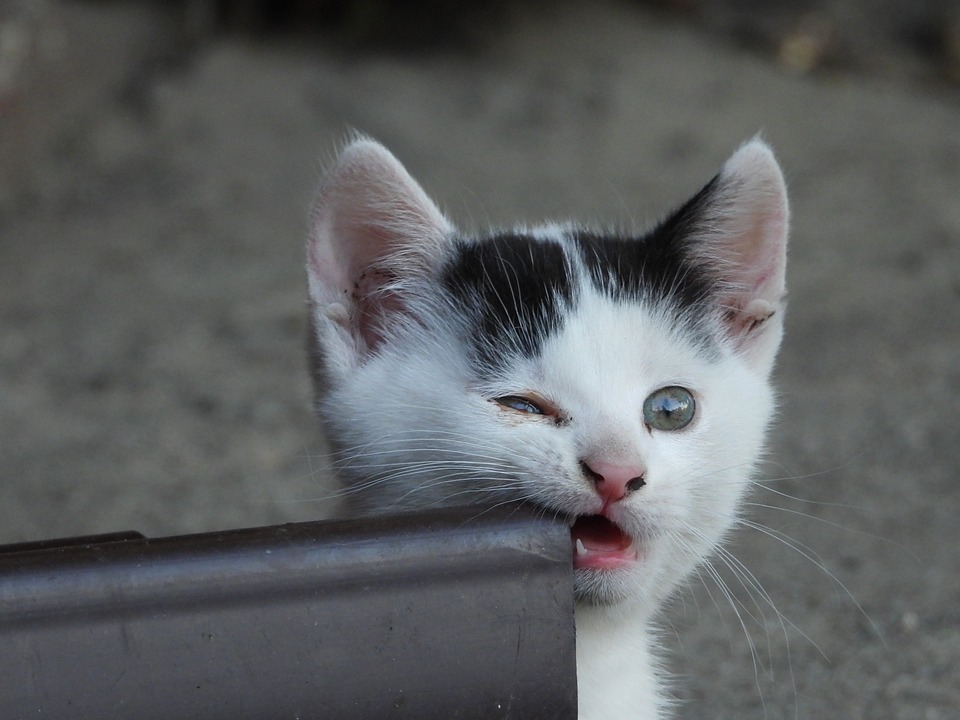Grooming is an essential aspect of a cat’s life, aiding in maintaining their overall well-being. While cats commonly groom themselves, they may also benefit from human assistance. However, understanding a cat’s vocalization during grooming sessions can be crucial in ensuring a positive and stress-free experience for both cat and caregiver. In this article, we delve into the significance of vocalization during grooming, deciphering their meanings, and addressing common FAQs related to this topic.
The Importance of Vocalization During Cat Grooming
Building Trust and Bonding: Vocalization during grooming can be a sign that your cat trusts and feels comfortable with you. Cats often use vocal cues to express their contentment and relaxation during grooming. By recognizing and responding to these cues, you can strengthen the bond between you and your cat.
Expressing Comfort or Discomfort: Cats may vocalize to indicate their level of comfort or discomfort during grooming. Pay attention to the tone and intensity of their vocalizations. Soft purring usually signifies contentment, while growling or hissing may indicate discomfort or anxiety.
Communicating Preferences and Boundaries: Vocalization can also be a way for cats to communicate their preferences and boundaries during grooming. Some cats may meow to seek attention or communicate their desire for a specific grooming technique or area to be avoided. Understanding their vocal cues can help you tailor the grooming experience to their liking.
Decoding Cat Vocalization during Grooming
Purring: Contentment and Relaxation. Purring is a common vocalization during grooming and usually indicates that your cat is content and relaxed. It can also serve as a way for them to self-soothe during the grooming process.
Meowing: Seeking Attention or Communication. Meowing during grooming sessions may indicate that your cat is seeking attention or attempting to communicate with you. It’s important to pay attention to their meows and respond accordingly.
Growling and Hissing: Warning Signs of Discomfort. Growling and hissing are warning signs that your cat is uncomfortable or feeling threatened during grooming. It’s essential to assess the situation and adjust your grooming techniques or approach accordingly to avoid escalating their distress.
Chirping and Chattering: Excitement or Frustration. Chirping and chattering vocalizations during grooming can be a sign of excitement or frustration. Some cats may exhibit these vocal cues when they are eager to play or catch prey-like objects, while others may express frustration or anticipation during more challenging grooming tasks.
Yowling: Indicating Pain or Distress. Yowling during grooming can be a sign that your cat is experiencing pain or distress. It’s crucial to stop the grooming session immediately and seek veterinary attention if you notice persistent yowling or signs of discomfort.
Factors Influencing Vocalization during Grooming
Individual Cat Personalities: Each cat has a unique personality, and their vocalizations during grooming may vary accordingly. Some cats may be more vocal than others, while some may prefer a quieter grooming experience.
Previous Experiences and Trauma: Cats who have had negative experiences or trauma during grooming in the past may exhibit heightened vocalization as a response to fear or anxiety. Patience and gentle handling are crucial when dealing with such cats.
Physical Sensitivity or Pain: Cats with physical sensitivity or pain may vocalize more during grooming. It’s important to be aware of any underlying medical conditions that could be causing discomfort and address them accordingly.
Environmental Factors: The grooming environment can also influence a cat’s vocalization. Loud noises, unfamiliar surroundings, or the presence of other animals may lead to increased vocalization during grooming.
Trust and Bond with the Groomer: The level of trust and bond between the cat and the groomer can significantly impact vocalization during grooming. Building a positive and trusting relationship with your cat through regular handling and gentle grooming practices can help minimize vocalization.
Tips for a Positive Grooming Experience
Creating a Calm and Safe Environment: Ensure that the grooming area is quiet, calm, and free from distractions. Use soft lighting and provide a comfortable space for your cat to relax during grooming.
Gradual Introduction to Grooming: Introduce grooming gradually to your cat, starting with short sessions and gradually increasing the duration. This allows them to become familiar with the process and reduces the likelihood of excessive vocalization.
Understanding and Respecting Limits: Pay attention to your cat’s body language and vocal cues during grooming. Respect their limits and adjust your grooming techniques accordingly. Avoid forcing them into uncomfortable positions or areas.
Using Positive Reinforcement: Reward your cat with treats, praise, or play after successful grooming sessions. Positive reinforcement can help create a positive association with grooming and minimize vocalization.
Seeking Professional Help if Needed: If your cat consistently exhibits aggressive or excessively vocal behavior during grooming, it may be beneficial to seek professional help from a veterinarian or animal behaviorist. They can provide guidance and assistance tailored to your cat’s specific needs.
Conclusion
Understanding vocalization during grooming is an invaluable tool for cat owners and groomers alike. By interpreting different vocal cues, we can enhance communication, build trust, and ensure a positive grooming experience for our feline companions. Remember, each cat is unique, and patience, empathy, and knowledge are key to successfully grooming and meeting their individual needs.








